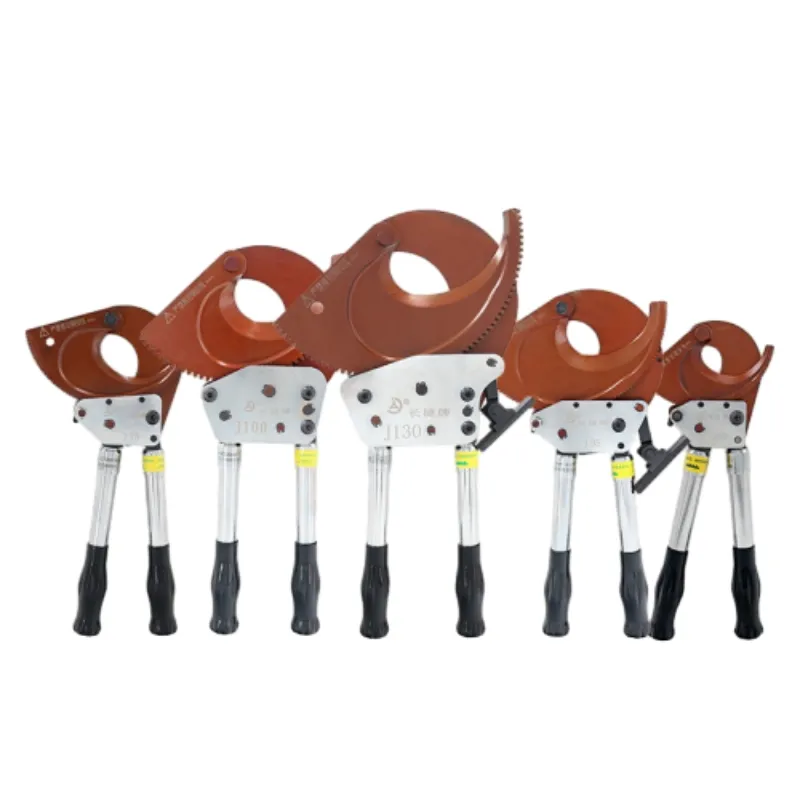
-
 Afrikaans
Afrikaans -
 Albanian
Albanian -
 Amharic
Amharic -
 Arabic
Arabic -
 Armenian
Armenian -
 Azerbaijani
Azerbaijani -
 Basque
Basque -
 Belarusian
Belarusian -
 Bengali
Bengali -
 Bosnian
Bosnian -
 Bulgarian
Bulgarian -
 Catalan
Catalan -
 Cebuano
Cebuano -
 Corsican
Corsican -
 Croatian
Croatian -
 Czech
Czech -
 Danish
Danish -
 Dutch
Dutch -
 English
English -
 Esperanto
Esperanto -
 Estonian
Estonian -
 Finnish
Finnish -
 French
French -
 Frisian
Frisian -
 Galician
Galician -
 Georgian
Georgian -
 German
German -
 Greek
Greek -
 Gujarati
Gujarati -
 Haitian Creole
Haitian Creole -
 hausa
hausa -
 hawaiian
hawaiian -
 Hebrew
Hebrew -
 Hindi
Hindi -
 Miao
Miao -
 Hungarian
Hungarian -
 Icelandic
Icelandic -
 igbo
igbo -
 Indonesian
Indonesian -
 irish
irish -
 Italian
Italian -
 Japanese
Japanese -
 Javanese
Javanese -
 Kannada
Kannada -
 kazakh
kazakh -
 Khmer
Khmer -
 Rwandese
Rwandese -
 Korean
Korean -
 Kurdish
Kurdish -
 Kyrgyz
Kyrgyz -
 Lao
Lao -
 Latin
Latin -
 Latvian
Latvian -
 Lithuanian
Lithuanian -
 Luxembourgish
Luxembourgish -
 Macedonian
Macedonian -
 Malgashi
Malgashi -
 Malay
Malay -
 Malayalam
Malayalam -
 Maltese
Maltese -
 Maori
Maori -
 Marathi
Marathi -
 Mongolian
Mongolian -
 Myanmar
Myanmar -
 Nepali
Nepali -
 Norwegian
Norwegian -
 Norwegian
Norwegian -
 Occitan
Occitan -
 Pashto
Pashto -
 Persian
Persian -
 Polish
Polish -
 Portuguese
Portuguese -
 Punjabi
Punjabi -
 Romanian
Romanian -
 Russian
Russian -
 Samoan
Samoan -
 Scottish Gaelic
Scottish Gaelic -
 Serbian
Serbian -
 Sesotho
Sesotho -
 Shona
Shona -
 Sindhi
Sindhi -
 Sinhala
Sinhala -
 Slovak
Slovak -
 Slovenian
Slovenian -
 Somali
Somali -
 Spanish
Spanish -
 Sundanese
Sundanese -
 Swahili
Swahili -
 Swedish
Swedish -
 Tagalog
Tagalog -
 Tajik
Tajik -
 Tamil
Tamil -
 Tatar
Tatar -
 Telugu
Telugu -
 Thai
Thai -
 Turkish
Turkish -
 Turkmen
Turkmen -
 Ukrainian
Ukrainian -
 Urdu
Urdu -
 Uighur
Uighur -
 Uzbek
Uzbek -
 Vietnamese
Vietnamese -
 Welsh
Welsh -
 Bantu
Bantu -
 Yiddish
Yiddish -
 Yoruba
Yoruba -
 Zulu
Zulu


Oct . 22, 2024 04:34 Back to list
Cable and Wire Handling Solutions for Improved Grip and Safety
Understanding Cable Wire Grips An Essential Tool for Electrical and Mechanical Applications
In various industrial and electrical applications, the use of cable wire grips is vital for ensuring secure and safe connections. Cable wire grips, also known as wire rope grips or cable clamps, are mechanical devices designed to hold and manage cables securely. Whether in construction, telecommunications, or electrical installation, these grips perform a crucial role in maintaining integrity and safety.
What is a Cable Wire Grip?
A cable wire grip is a device that attaches to cables or wires, allowing them to be pulled, tensioned, or secured without slipping. These grips are typically made from robust materials such as steel or nylon, which contribute to their durability and reliability under significant loads. The design of cable wire grips can vary, including features such as serrated jaws or rubberized coverings that enhance gripping power and protect the cable surface from damage.
Applications of Cable Wire Grips
Cable wire grips are used across various sectors, including
1. Electrical Installations In electrical work, cable grips help secure power lines and communication cables, ensuring they remain stable and safe from environmental factors or mechanical stress. 2. Telecommunications Telecommunications companies rely on cable grips to manage the numerous cables involved in phone and internet services, ensuring that connections remain sound and uninterrupted during installation and maintenance. 3. Construction Sites In construction, wire grips are often used to hold rigging cables, ensuring that structures are safely and effectively built or moved. 4. Marine Applications In marine environments, cable grips are employed to secure mooring lines and rigging, providing safety and stability in dynamic conditions.
Types of Cable Wire Grips
There are several types of cable wire grips, each designed for specific applications
- Single Eye Grips These grips feature a single loop or eye that allows for easy attachment to a point. They are widely used in situations where a simple pull is required.
- Double Eye Grips With two loops, double eye grips provide a more secure anchor point, making them suitable for applications needing added stability.
cable wire grip

- Cylindrical Grips These grips are designed to fit over uniform cables and wires, distributing load evenly and avoiding potential damage.
- Tapered Grips For cables that change in diameter, tapered grips insert easily and create a seamless connection.
Advantages of Using Cable Wire Grips
The use of cable wire grips in various applications offers numerous benefits
- Safety Cable grips minimize the risk of slipping or breaking, thus protecting workers and equipment from potential hazards.
- Stability By securely holding cables in place, these grips prevent movement that could lead to wear and tear over time.
- Ease of Installation Many cable grips are designed for quick installation and removal, saving time and labor costs for projects.
- Versatility Cable grips can be used in diverse environments and conditions, making them an essential tool in many industries.
Conclusion
In conclusion, cable wire grips are indispensable tools in a multitude of applications. Their ability to securely manage and stabilize wires and cables significantly enhances safety and efficiency in both industrial and electrical settings. As technology evolves and industries expand, the demand for effective cable management tools will only increase. Understanding the types, applications, and advantages of cable wire grips will help professionals select the right tools for their specific needs, thereby ensuring successful project outcomes and enhanced safety measures. Whether it’s for heavy-duty construction or intricate electrical systems, cable wire grips remain a fundamental component in maintaining the integrity of electrical and mechanical applications.
Latest news
The Unique Design of Cable Socks
NewsJun.04,2025
Swivel Connectors in Industrial Automation
NewsJun.04,2025
Safety Features of Link Sticks
NewsJun.04,2025
How to choose the best cable pulling winch for sale
NewsJun.04,2025
Fish tape safety precautions
NewsJun.04,2025
Essential Maintenance Tips for Cable Pulling Tools
NewsJun.04,2025











